We offer wheel simulator in different shapes, sizes, and colors at competitive wholesale prices. The tire covers can be either rotative or non-rotative; The rotative models incorporate mechanisms that allow them to stay stationary when the car wheels are in motion, thus keeping the brand logo visible at all times. Other than aesthetics, these tire covers offer high protection for the rims, which is especially important for automobiles like off-road vehicles as they can help reduce the amount of wear and tear on the tires and make the tires last longer.
The heated wheel covers are suitable for cold climates as they protect the rims from snow and ice, and they also prevent the vehicle from slipping on ice roads. And for wheel simulator with more textured materials, we have several designs of fuzzy wheel covers and fluffy wheel covers. You can choose these wheel covers in different materials such as carbon, painted plastic, or metal. The wheel covers made with granule or nylon plastic are considered one of the strongest wheels covers thanks to their anti-corrosion properties.
Apart from wheel simulator like furry steering wheel covers. We have several other hubcaps in various dimensions and sizes, such as the 16-inch hubcaps and the 15-inch hubcaps.

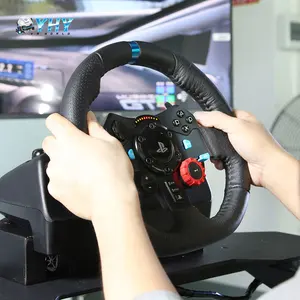





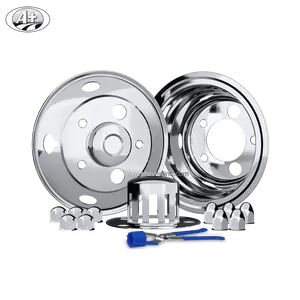

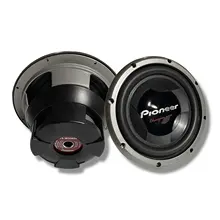
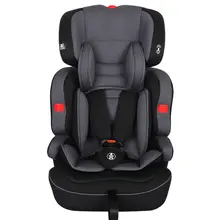


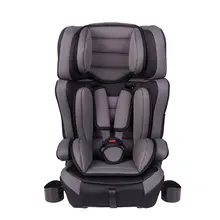


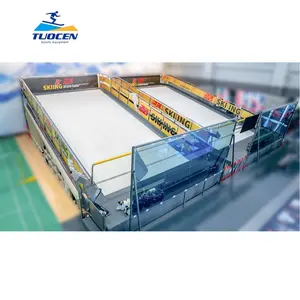
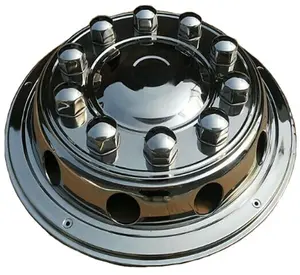








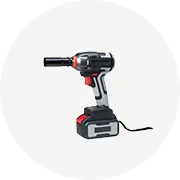









 浙公网安备 33010002000092号
浙公网安备 33010002000092号 浙B2-20120091-4
浙B2-20120091-4